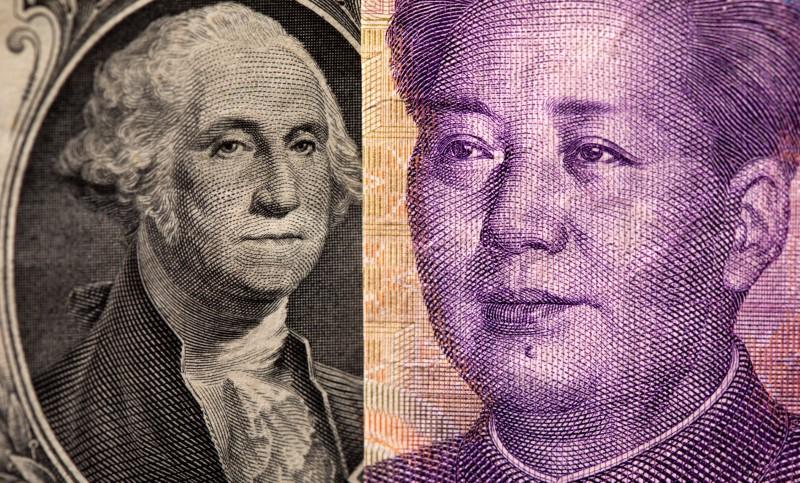LONDON (Reuters) – The dollar headed towards this year’s high against the euro on Wednesday and struck a five-week peak against the yen ahead of U.S. inflation data, with a strong number potentially pressuring the Federal Reserve to wind back policy support.
The greenback has enjoyed a lift from last week’s impressive U.S. jobs data and from remarks by Fed officials about tapering bond purchases and, eventually, raising rates, sooner than policymakers elsewhere.
Six straight sessions of gains against the euro sent the common currency to its lowest since late March on Tuesday. It hit 1.1706 in early deals in Europe, with the year’s low of $1.1704 now within range. The dollar index, at 93.155, is near its 2021 high of 93.439.
U.S. inflation data due at 1230 GMT may determine whether it tests those peaks, with a hot reading likely to stoke rate-hike expectations and provide support, while a downside surprise could reel those in.
Valentin Marinov, head of G10 FX research at Credit Agricole, said the dollar has several things going for it at the moment.
“The stronger than expected non-farm payrolls report on Friday boosted the dollar across the board as it seemingly helped the Fed move closer to QE (quantitative easing) taper and policy normalisation,” he said.
“In addition, the U.S. Senate has passed President Biden’s infrastructure package and thus boosted market expectations of growing U.S. Treasury issuance at a time when the Fed is expected to announce their intention to reduce their U.S. Treasury buying.”
The resultant increase in Treasury yields has boosted the rate appeal of the dollar while further fuelling concerns about unwarranted tightening of the global financial conditions that burnished the safe haven appeal of the currency, Marinov said.
The yen, which has dropped for five consecutive sessions against the dollar, fell 0.1% to 110.75 per dollar, its lowest since early July. The dollar also touched a two-week high versus sterling at $1.3816 and held by a one-month high of 0.9234 Swiss francs.
“A stronger than expected print may add modestly to the dollar and (Treasury yields),” analysts at Maybank in Singapore said in a note.
“If the CPI print unexpectedly surprised to the downside, then the pullback in the dollar and Treasury yield may be asymmetrically larger than the upside risks.”
Economists polled by Reuters expect the pace of inflation to have eased slightly in July, with headline consumer prices rising 0.5% for the month compared with 0.9% a month earlier and the annual pace at 5.3%.
Two Federal Reserve officials said on Monday that inflation is already at a level that could satisfy one leg of a test for the beginning of interest rate hikes – though a third, Charles Evans, demurred on Tuesday.
At the same time, investor sentiment is sagging in Europe, with a survey showing a third straight month of deterioration in Germany, as rising global COVID-19 cases keep markets on edge.
“Investors have to take on board the possibility of news on Fed tapering at a time when COVID is still very apparent in various parts of the world,” said Rabobank analyst Jane Foley.
“The consequence of this is likely to be a firmer dollar,” she added, especially if the euro breaches its 2021 low.
South Korea reported a record number of COVID-19 cases on Wednesday, while outbreaks in China, through Southeast Asia and in Australia grow steadily. Hospitals in Texas and Florida are filling up with patients.
The Chinese yuan touched a two-week low in offshore trade, before steadying onshore, while the South Korean won also marked a two-week trough. [CNY/][.KS].
The Australian dollar was last bought $0.7325, while the New Zealand dollar sat at $0.6994. [AUD/]
A speech at 1600 GMT by Federal Reserve Bank of Kansas City President Esther George will also be closely watched.
Source: Read Full Article
